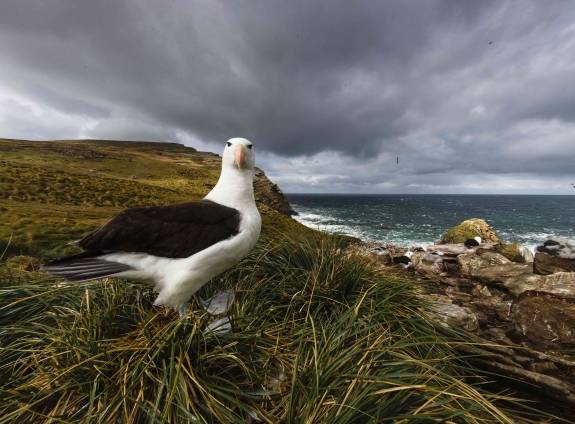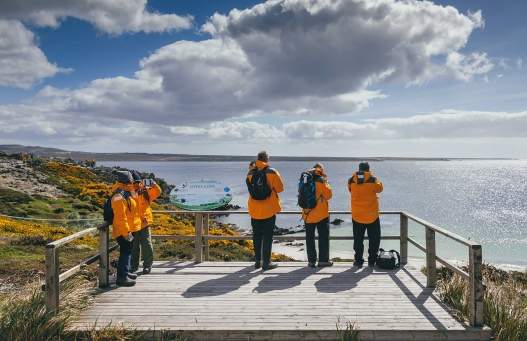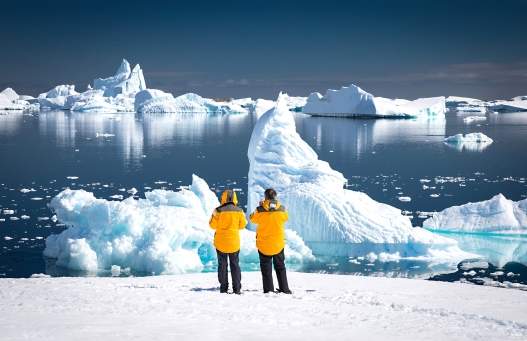From Magellanic penguins to military history! The Argentines call it Islas Malvinas. To the British, this south Atlantic archipelago is known as the Falkland Islands. While it’s the southern-most point of South America, the Falklands are a bastion of British culture and traditions. Located about 400 km northeast of Tierra del Fuego, the Falklands are known for their wildlife (penguins and bird species are plentiful) as well as their dramatic history. Sovereignty disputes between the United Kingdom and Argentina led to the 1982 Falklands War. The Falklands, consisting of East and West Falkland which are separated by Falkland Sound, are a popular stop for travelers on their way to Antarctica.

Overview

Points of Interest

Carcass Island, which lies northwest of the Falkland Islands, has a varied terrain of rocky ridges, white sand beaches, steep cliffs, hidden coves, open plains and plentiful swaths of tussock grass (over 30 species at last count) which provide excellent habitation for birds. In fact, some of the Falkland Islands’ most elusive winged species, such as the endemic Cobb's Wren and the Magellanic Snipe, are found on Carcass Island, which was named after a ship that visited the region in the 18th-century. Other birder species include Gentoo and Magellanic penguins (which tend to rest on the beaches), the oft-sighted Falklands Flightless Steamer Ducks (which are easily spotted as they bath in the waves) and bright red long-tailed meadowlarks (which spend their time feeding in the grass).


West Point Island, in the north-west corner of the Falkland Islands, has some of the most spectacular coastal scenery in the Falklands. At least one of its west-facing cliffs reaches 380 metres high (1,250 feet). The island is small in size (5.67 square miles/1,469 hectares) and in terms of human population (estimates range from 2 to 4 people). Birders have long valued the island as a special place to observe the black-browed albatross and rockhopper penguin. Other sought-after bird species include Falkland Steamer Ducks, ruddy-headed geese, southern rockhopper penguins, Magellanic penguins, striated caracaras and Cobb's wrens. Commerson's dolphins frequent the surrounding waters.


Bleaker Island is anything but bleak. In fact, it was originally known as Breaker Island because of the huge waves that came crashing onto its shores. The long sandy beach known as Sandy Bay is home to diverse birdlife. Gentoo penguins congregate on the north end of the bay, and the island is also popular among bird enthusiasts who come to visit the huge imperial cormorant colony.

Special Insights from Our Guests
Almost everything about the trip was spectacular. The ship itself was spacious. The itinerary of Falklands, South Georgia and Antarctica and all their parts were so interesting. We were full of anticipation when nearly landing on the South Orkney Islands. Crews who helped us get in and out of the zodiacs and those who assisted with wet landings were incredible, knew how to offer help safely, were supportive and enthusiastic; bravo to all of them! It was a marvelous, fulfilling cruise, and the wildlife we were able to experience up close and among us was a dream fulfilled, with the excellent educational lectures timed with information to round out our rich adventures. I send the crew mental thanks again and again!




